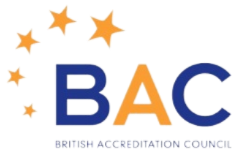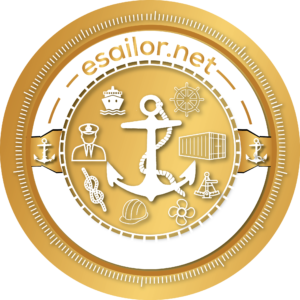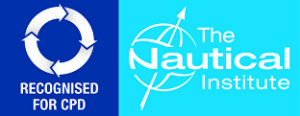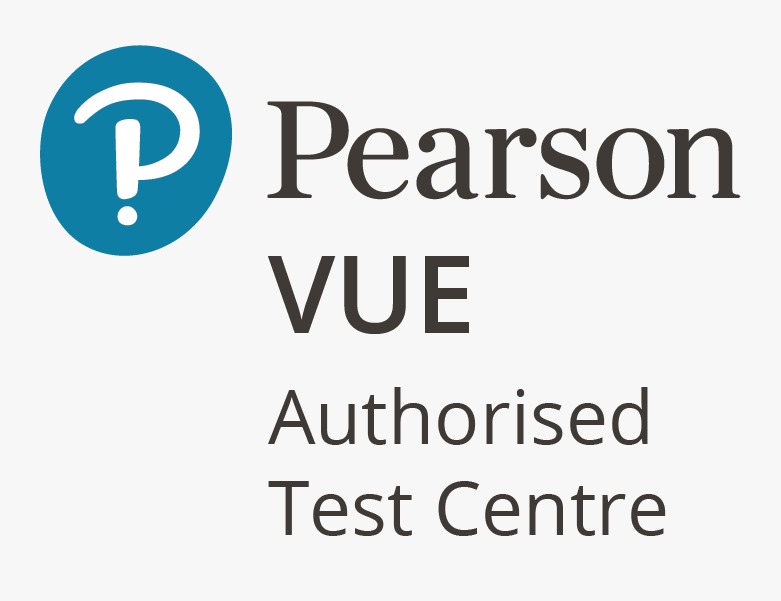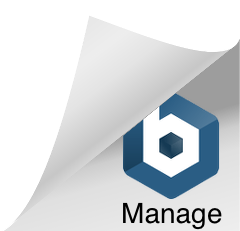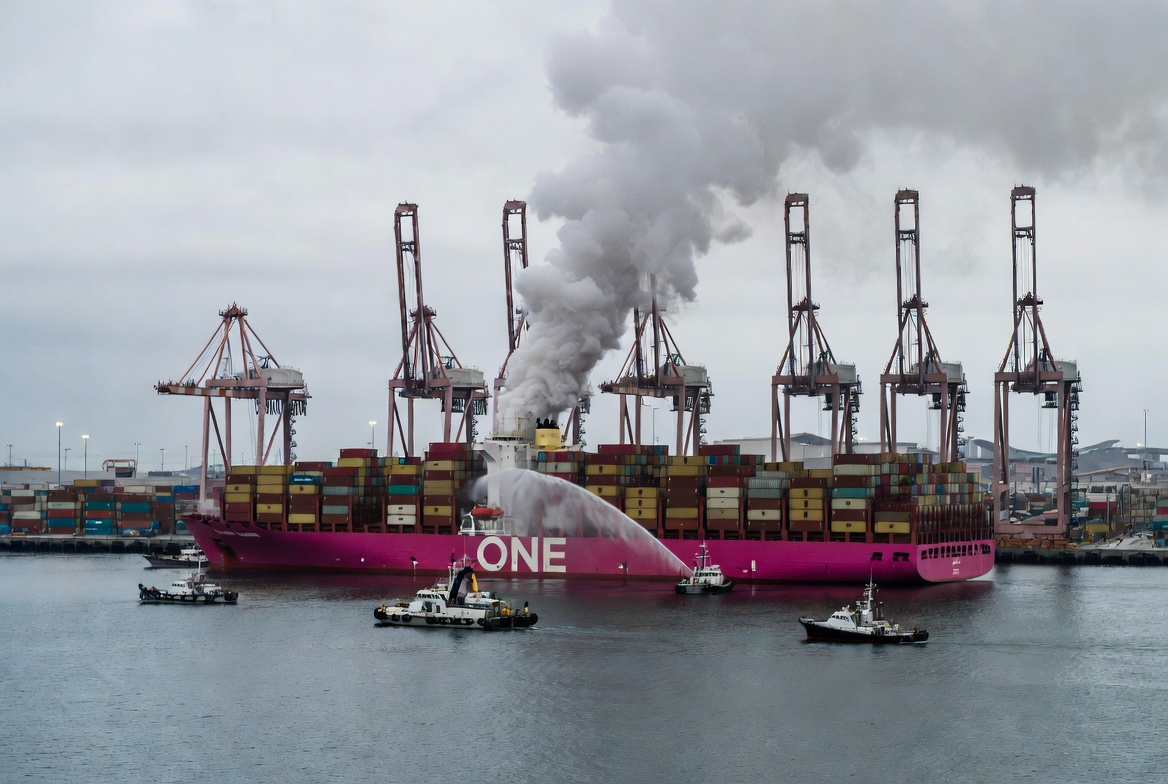
-
by
Why November 2025 Matters for Global Merchant Shipping and Crew
November 2025 underscores a pivotal moment in merchant shipping, where fleet renewal surges amid geopolitical tensions and regulatory shifts. HD Hyundai’s delivery of its 5,000th vessel signals a boom in newbuilds, including eco-friendly designs, while sanctions on shadow fleets and Houthi threats in the Red Sea force rerouting, spiking fuel costs by up to 13% due to longer voyages. Crew face heightened risks from piracy in West Africa and labor strains, exacerbated by a proposed U.S. bill to subsidize American-flagged vessels, potentially requiring thousands more qualified officers. These developments demand adaptive training to ensure seafarers navigate not just technical challenges but also welfare mandates, keeping global trade resilient amid uncertainty. (78 words)
Lead Story: Massive Fire Aboard ONE Henry Hudson at Port of Los Angeles
In a stark reminder of onboard fire risks, the 16,000 TEU container ship ONE Henry Hudson (IMO 9890986, owned by Ocean Network Express, flagged Singapore) erupted in flames on November 22 while berthed at the Port of Los Angeles, the world’s busiest container hub. The blaze, originating in a cargo hold, raged for hours, requiring a multi-agency response from the U.S. Coast Guard, local fire departments, and port authorities to extinguish it. Operations resumed swiftly, but the incident halted berthing for 12 hours, delaying over 5,000 TEUs of cargo and underscoring vulnerabilities in lithium battery shipments.
How does this change life or certification for seafarers? Deck and engine officers must now prioritize enhanced fire-fighting drills under STCW Table A-II/1, with class societies like DNV urging simulator upgrades for EV battery scenarios. “Immediate action on cargo-specific training is essential to prevent recurrence,” stated the International Chamber of Shipping (ICS). This event accelerates IMO’s push for mandatory e-learning modules on hazardous cargo handling, directly impacting watchkeeping endorsements for officers on boxships over 15,000 TEU.
Story 2: Newbuilding and Delivery Wave – HD Hyundai Hits 5,000th Milestone
South Korean giant HD Hyundai marked a historic achievement on November 24 by delivering its 5,000th vessel since 1974, a 24,000 TEU LNG dual-fuel containership ordered by HMM (Hyundai Merchant Marine, flagged South Korea). This handover coincides with a surge in orders: HMM’s $1.5 billion contract for six mega-boxships and four LNG carriers pushes 2025 newbuilds to the highest in 18 years, totaling over 200 vessels globally. Meanwhile, Thailand’s Precious Shipping acquired two ultramax newbuild resales (63,000 DWT each) for fleet renewal, and Maran Tankers ordered four VLCCs (300,000 DWT) at Hanwha Ocean.
For seafarers, this influx means accelerated cadet intake to crew advanced vessels, with new endorsements required for LNG systems under STCW A-V/3. Operators like HMM emphasize bridge team training for automated navigation, potentially shortening sea time for certifications but increasing simulator hours. As BIMCO notes in its November bulletin, “This wave addresses aging fleets but strains officer pipelines, urging doubled training slots.”
Story 3: Fuel and Decarbonisation – Europe’s Emissions Hit Record High Amid Route Disruptions
Europe’s shipping emissions soared 13% in 2024—the highest since reporting began—due to Red Sea reroutings adding 4,000 nautical miles per voyage, per the European Maritime Safety Agency. In November, Singapore’s MPA approved three methanol suppliers (Global Energy Trading, Golden Island, PetroChina) for bunkering in 2026, aligning with FuelEU Maritime’s 2% GHG cut mandate from January 1, 2025. Arctic states face a December 5 deadline to propose black carbon fuel limits at IMO’s February MEPC meeting.
Seafarers on tankers and bulkers will see mandatory STCW updates for alternative fuels like methanol, including hazard recognition modules effective 2026. “Crew must master low-flashpoint fuel handling to avert disasters,” warns Intertanko. This shifts certification pipelines, requiring 40-hour courses and simulator drills, directly affecting engineer endorsements and raising welfare concerns over exposure risks on longer, emissions-heavy routes.
Story 4: Crew Welfare and Shortage Developments – Seafarers Demand Design Input Amid U.S. Revival Push
Seafarers are advocating for ergonomic ship designs, from bridge layouts to onboard social spaces, as highlighted in Splash247’s November report, urging owners and yards to incorporate crew feedback per ICS guidelines. Paralleling this, a U.S. bill drafted post-Trump’s election promises subsidies for 50 new American-flagged vessels, demanding thousands more U.S. officers and engineers—exacerbating a global shortage where Filipino seafarers already fill 25% of roles. The Philippines’ MARINA launched a BT-PSSR “Train the Trainers” program on November 5 to combat harassment.
This directly mandates STCW Table A-VI/1-4 updates from January 2026, embedding anti-harassment training in basic safety courses—assessable via approved instruction. Officers face re-certification if untrained, while training centers must upgrade curricula by Q4 2025. “Empowering voices on welfare prevents burnout,” says the IMO’s HTW Sub-Committee, tying shortages to better certification pipelines for cadets.
Quick Hits: Sanctions Tighten on Shadow Fleets, Freight Rates Volatile
- Sanctions Surge: U.S. Treasury expanded Iran/Venezuela sanctions on November 24, targeting shadow fleet tankers like the seized Oceanic Fortune (VLCC, 15-year-old, Hong Kong-flagged), auctioned by Indonesia for $70M. Russian tanker Seahorse reached Venezuela after a U.S. Navy standoff, per gCaptain.
- Freight Rates Dip: Trans-Pacific GRIs rolled back mid-November amid 14% import volume drop, per Flexport; spot truckload rates up YTD but contracts lag 2024 levels (Maersk).
- New Trade Infrastructure: Tanzania breaks ground on a $1B port in December, easing East Africa routes; Cook Islands’ registry faces NZ aid cut over shadow fleet ties.
These tighten compliance for masters, requiring STCW A-I/15 endorsements on sanctions navigation—potentially adding 20 hours to officer pipelines.
Impact on Maritime Training & Certification
November’s news catalyzes concrete STCW shifts, effective January 1, 2026, via Resolution MSC.560(180). The core change: mandatory modules in Table A-VI/1-4 for preventing/response to sexual assault, harassment, bullying—integrated into Basic Training (BT) and Proficiency in Survival Craft (PSSR). Seafarers must demonstrate competence through approved courses (e.g., 8-hour e-learning + assessment), with grandfathering for pre-2026 certificates but mandatory updates by 2027. Philippines’ MARINA accredited 35 centers for PSSR Updating by November 30, including simulators for harassment scenarios.
The ONE Henry Hudson fire mandates simulator upgrades for battery fire response under A-II/1, adding 16 hours to ECDIS/ARPA endorsements. Newbuilds like HD Hyundai’s LNG vessels require A-V/3 fuel training, boosting cadet intake by 15% per BIMCO. U.S. subsidies demand 5,000+ new officers, straining MET institutions—expect doubled slots for watchkeeping courses. Overall, training costs rise 10-15%, but digital certificates (per I/2 amendments) streamline issuance. Owners must audit crews by Q1 2026 to avoid port state detentions.
As the IMO’s HTW11 review advances Phase 2 (alternative fuels/autonomy), November spotlights urgency: METs must invest in VR simulators for decarbonisation by 2026, ensuring endorsements align with FuelEU’s 2% cut.
Closing: Charting Safer Seas Ahead
November 2025 reveals shipping’s dual pulse—innovation in newbuilds clashing with persistent risks from fires and sanctions—yet training reforms offer a lifeline for crew resilience. By embedding welfare and tech skills in certifications, the industry edges toward safer, greener voyages.
Question for seafarers and training centers: How are you adapting STCW harassment modules to your bridge teams—has it sparked better reporting, or do you foresee delays in officer pipelines?


